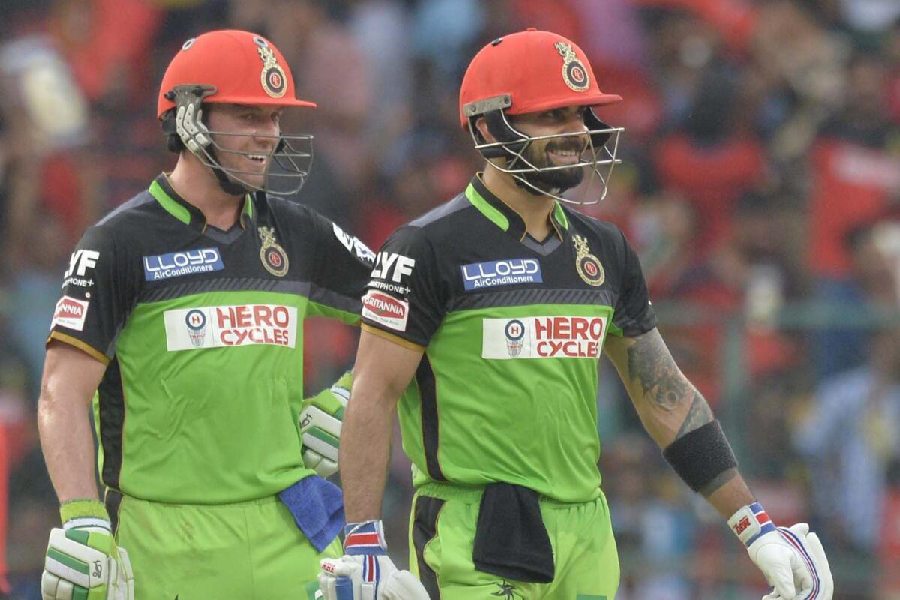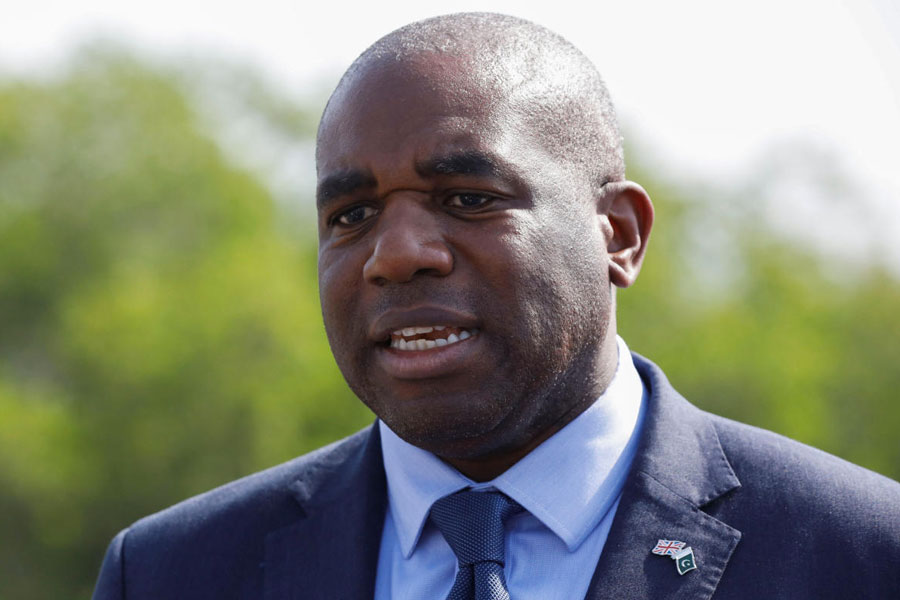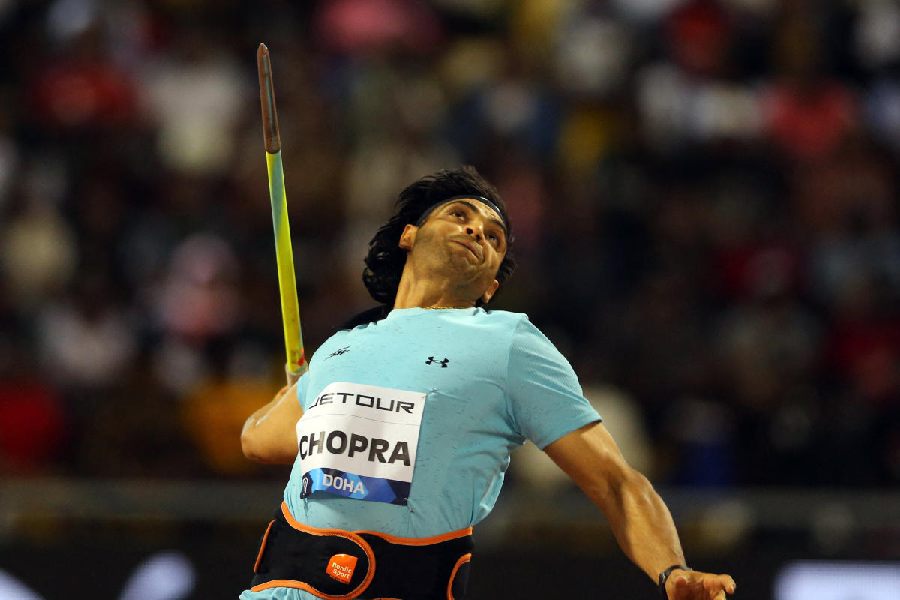|
|
| Nehru and Krishna Menon |
Back in the Sixties, it used to be said that India’s most successful export were economists. Our economy was resolutely insulated from the rest of the world, but our economists occupied high posts in famous universities in Europe and America. Later, the joke was amended to say that the reason India’s economy was mediocre was because its economists were world-class. No South Korean was a professor of political economy at Cambridge; no Malaysian had been awarded the Nobel Prize. But their economies grew at an impressive 8 per cent, whereas ours stayed stuck at 3.5 per cent, also known as the “Hindu” rate of growth.
My own theory about Indian economists is more specific and hopefully less facetious. It runs as follows; Gujarati economists place faith in the market, while Bengali economists are prone to trust the state. In the Fifties, when P.C. Mahalonobis drafted the Soviet-inspired second five year plan, A.D. Shroff responded by starting the Forum of Free Enterprise. In the Sixties and the Seventies, about the only economist of pedigree advocating Indian integration with the world economy was the Gujarati, Jagdish Bhagwati. He was opposed by an arrazy of Marxists, many of whom (naturally) were Bengali.
It is tempting to see the victory of the Bengalis here as historic retribution, a revenge in the realm of economics for what had been taken away from them in the realm of politics. Mahatma Gandhi had put paid to Subhas Chandra Bose, but Mahalanobis would vanquish A.D. Shroff and his ilk. In truth, they won because their ideas were very widely shared. In the Fifties, there was much suspicion about the market, and much romantic enchantment about the state. At this time, the Soviet economy was believed to be rapidly catching up with America’s. And when Sputnik was launched and Yuri Gagarin went into space, the Russians seemed light-years ahead of their nearest rivals.
State intervention was thought back then to increase production, aid innovation and facilitate redistribution. The market, according to its critics, would only make the rich richer. Fortunately for them, the state-oriented economists found a great champion in India’s first prime minister, Jawaharlal Nehru. Nehru was a democrat who had little sympathy with the political system of the Soviet Union. But he was deeply attracted by its economic model. Like his Fabian mentors in Britain, he thought that by mixing elections and planning he would get the best of both worlds.
Nehru was convinced of the need for the public sector to occupy the “commanding heights” of the economy. Crucially in his case, theoretical preference was confirmed by aesthetic choice. For Nehru had a disdain for business, and businessmen. Money-making was an activity meant for the crafty and corrupt. His upbringing was reinforced by his education in Harrow and Cambridge, for like a Brahmin, an English gentleman also kept his distance from tradesmen.
On his first trip to the United States of America, in October 1949, Nehru was thrown a lavish party by the mayor of New York. In his welcome speech the mayor crooned, “Mr Neeroo, the men around this table are worth fifty billion dollars.” It was not a remark calculated to impress the distinguished visitor. From that early experience, Nehru came to firmly associate the US with the vulgarity of commerce. If the business of America was business, it was best if India and Indians maintained a safe distance from it.
Nehru was prime minister for 17 years; his daughter, for 11. Indira Gandhi shared her father’s dislike of business. There was one difference, however. She was always happy to see businessmen, so long as they grovelled before her, and then contributed to the party coffers. (Alas, many were ready to do both.) But in her economic policies, she was, if anything, even more hostile to the market. For the Sixties was when India should have liberalized on both the domestic and international fronts. Twenty years of independent development had given us a decent industrial and technological base. Now was the time to expose our businessmen to a dose of competition, to nudge them away from protection and favouritism. But instead, Mrs Gandhi further strengthened the public sector. In this, she was influenced by her left-wing advisers, and by the fact that to command a majority in Parliament she needed the support of the Communist Party of India. But an additional factor were her own reservations about trade and commerce. Like her father, she thought that, all things considered, the state would do a better job than the market.
It took another 30 years for the market to be viewed with more sympathy by the rulers of India. In 1991, a foreign exchange crisis compelled the government of the day to adopt policies of economic liberalization. Directing the process were two practical Punjabis: Manmohan Singh, who was finance minister; and Montek Singh Ahluwalia, who was finance secretary. Another crucial player at the policy level was the chief economic adviser, who, as it happens, was Gujarati, Ashok Desai.
A decade of liberalization has resulted in manifest gains. India’s software boom, for example, would not have been possible without the policy about-turn of the early Nineties. Yet liberalization has met with great opposition. Among its fiercest critics are insecure businessmen (who fear competition) and power-hungry politicians (who fear losing control). These vested interests have found an unlikely ally: the Indian intellectual.
In India, at least, many economists remain unconvinced about the virtues of the market. And their reservations are shared by the overwhelming majority of sociologists, historians and political scientists. Say the word “market”, and in a Pavlovian reflex they will answer: “Unjust and exploitative”. Behind this lie the prejudices of caste and class. Indian social scientists are, almost to the last man, of Brahminical, or at least suvarna, origin. And their conditions of work are far removed from the production process. They do not have to go about the messy business of entering the market-place; instead, they are subsidized by the state.
However, in seeking to protect the interests of the workers against the capitalist, Indian intellectuals overlook the interests of a more numerous class still: the consumers, who welcome competition as leading to better and cheaper products. And in focusing on the question of equity, the intellectuals altogether overlook the question of productivity. One must first increase the size of the cake before one can begin distributing it. And here the market is a more handy ally than the state: for it produces goods faster, and in greater quantities.
The market does have its imperfections. One is that left to itself, it tends to pollute and degrade the environment. A second is that employers generally do not pay attention to the health and safety of the worker. A third is that without consumer vigilance and action, industrialists do not always deliver on quality. A fourth is that the market disregards those without purchasing power. A fifth is that one cannot rely on the market to deliver on goods and services whose value cannot be reduced to monetary terms, such as primary education and basic healthcare.
To correct and improve the functioning of the market, civil society groups have a vital role. So does the state. It must educate its citizens, all of them, and keep them healthy. Also crucial to market efficiency is transparency of governance. Liberalization will not work if laws are not enforced and politicians (or officials) can be bought and sold.
Hostility to the market is ubiquitous among intellectuals and activists. Hearing them declaim self-righteously against “liberalization” and “globalization”, I wonder which economic system they would put in its stead? That of the Soviet Union? Or our own licence-permit-quota raj? Yes, much needs to be done to make the market more efficient, transparent and participatory. But in producing most goods that humans live by, it by far out-performs the state. To believe otherwise is an intellectual superstition, on par with Murli Manohar Joshi’s faith in the efficacy of astrology.












